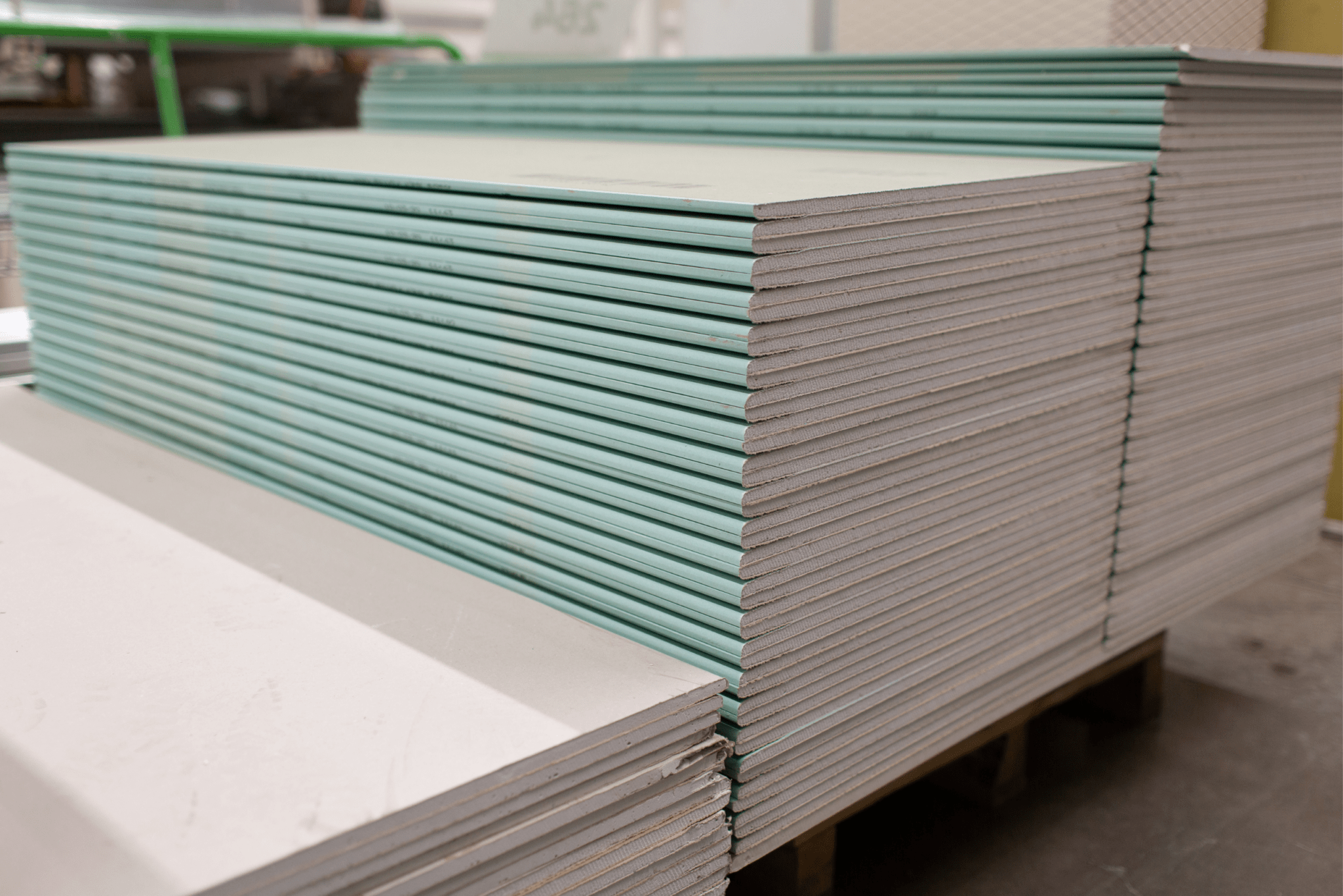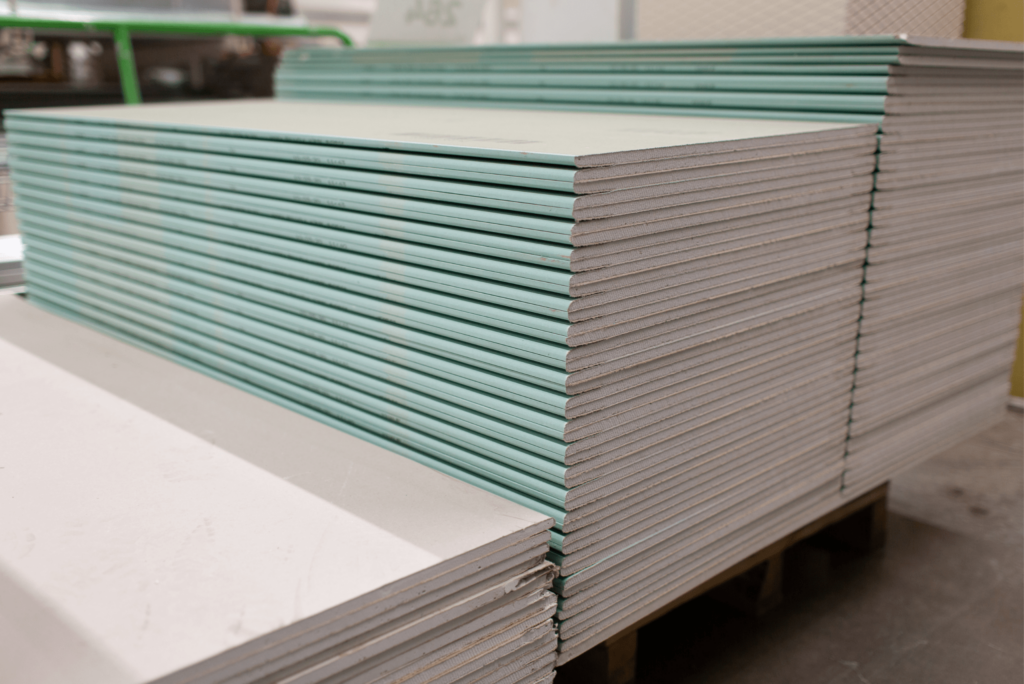
Table of Contents
Understanding Sound Dampening Drywall
The search term sound dampening drywall is a confusing term to use for many reasons. When you are dealing with any noise issue, you must first and foremost identify the frequency and amplitude of the noise that is disturbing you. Drywall or as the search term implies sound dampening drywall is dependent along with any material used to mitigate noise on the frequency and amplitude of the noise issue.
To deal with any noise type, we must build a barrier. A barrier is a structure that one builds between the source of the noise and the receiver. Every barrier design is dependent on the frequency, where it lies on the human hearing spectrum, and amplitude or strength of each noise frequency.
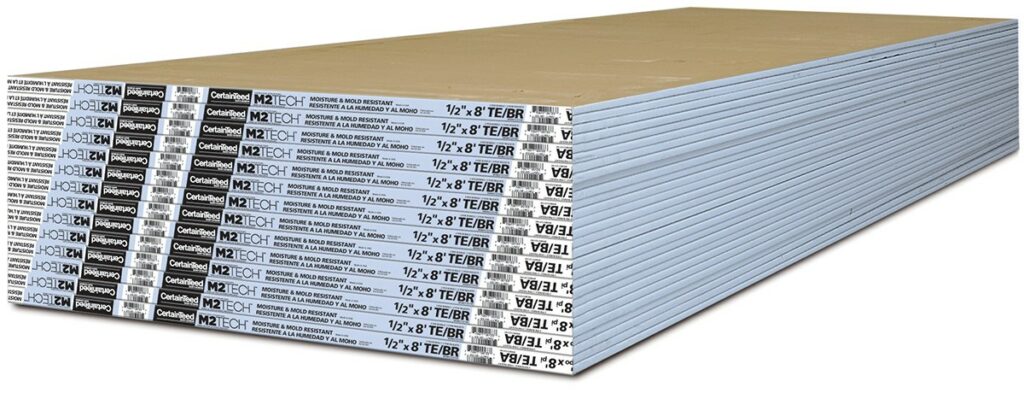
Importance of Measuring Noise Frequency and Amplitude
Lower frequency noise energy is much more difficult to treat than middle and high frequency noise transmission. Frequencies of noise below 125 hz. are much more difficult to deal with than energy above 125 hz. The strength or amplitude of each frequency is also critical in determining the mass or density that is required.
This is why it is so critical to measure both frequency and amplitude of all noise issues since the type, amount, and construction methodology used is strictly dependent on the frequency and amplitude of the noise. With noise issues, it is critical that we measure twice and cut once since with barriers, we do not want to spend one dollar more than you need to.
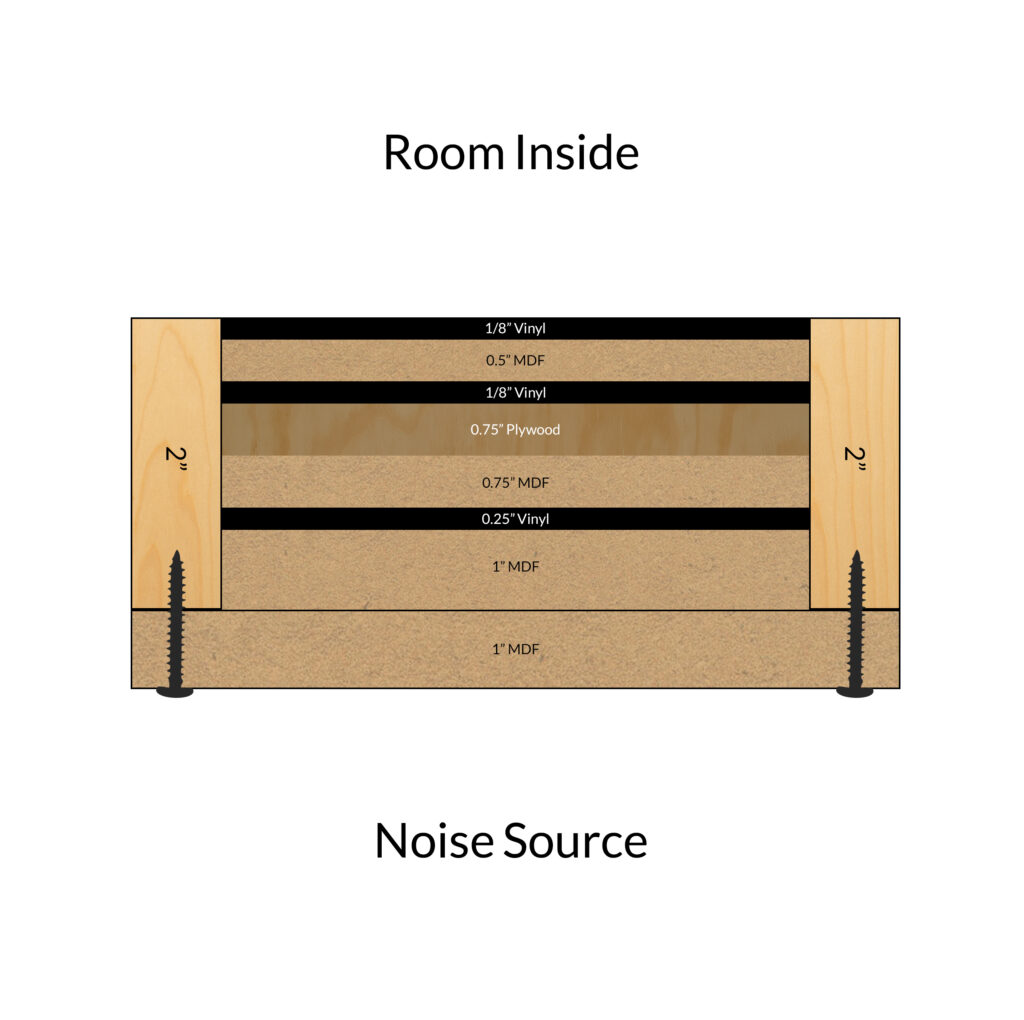
Challenges of Treating Low Frequency Noise
Whether you are considering sound dampening drywall or any other material type, you must first identify the frequency and amplitude of your noise issue. Sound dampening drywall is just one tactic or material type to use when it comes to noise transmission. There are over 100 other types to use. This is why it is critical to measure the noise and assign the required material types to attenuate your measured noise issues.
Technically, there is no such thing as sound dampening drywall. Drywall is not specific to noise issues. It is one material type to use. With numerous material types to choose from, one must measure the noise no matter if you are considering sound dampening drywall or some other material type. All noise issues must be measured over 7 days.
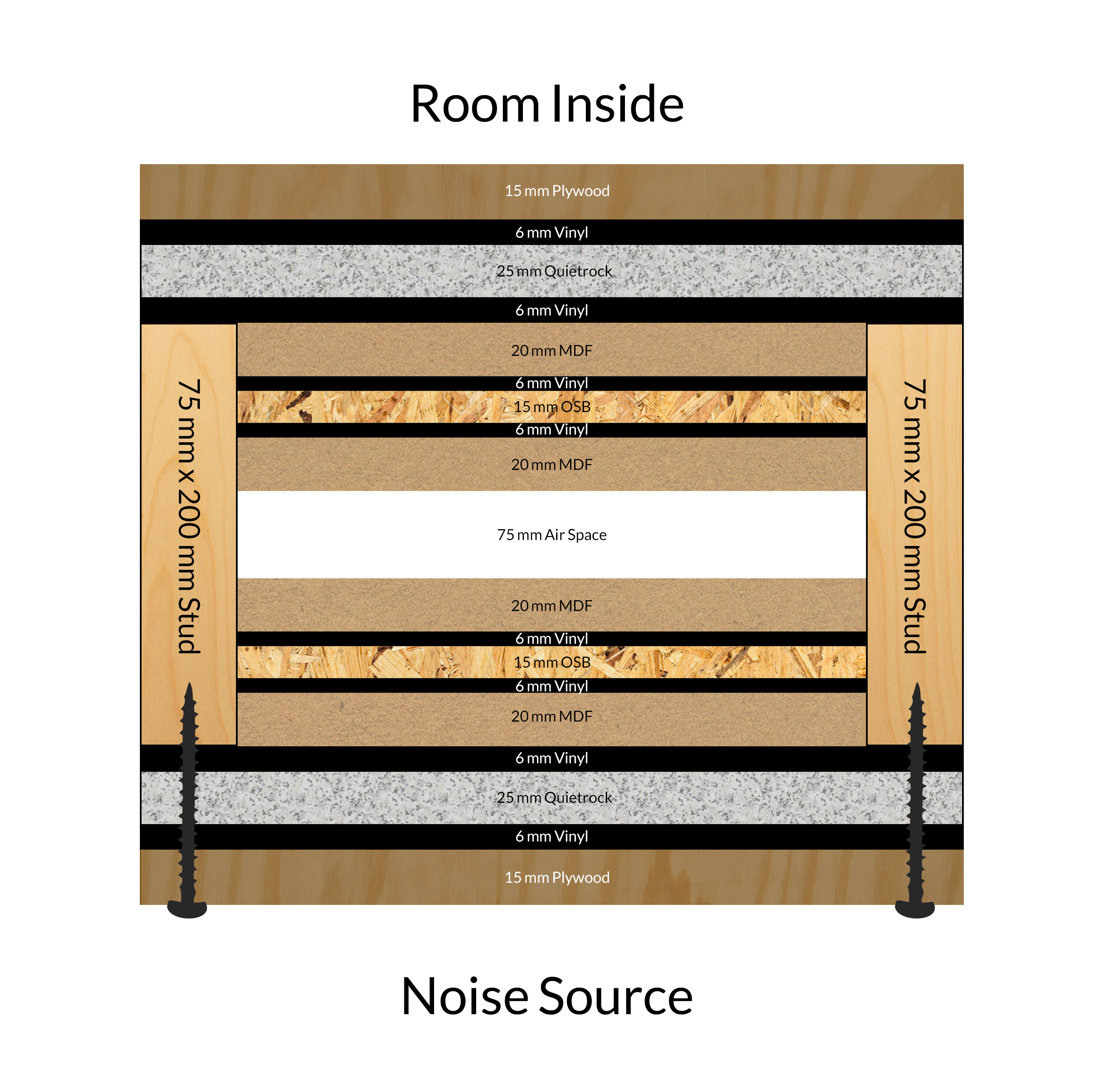
Drywall as Part of a Comprehensive Noise Barrier
At Acoustic Fields, we have a noise measurement process that you can use with your phone to measure the frequency and amplitude of your noise. In this process, we send you apps that you download onto your phone. You take noise measurements twice a day and record the data on our online data sheet.
We analyse the data and design the barrier to treat the lowest recorded frequency along with the highest amplitude or strength. Every material that is used within the barrier design is directly related to each frequency of noise. The way it is assembled deals with the strength or amplitude of the noise.
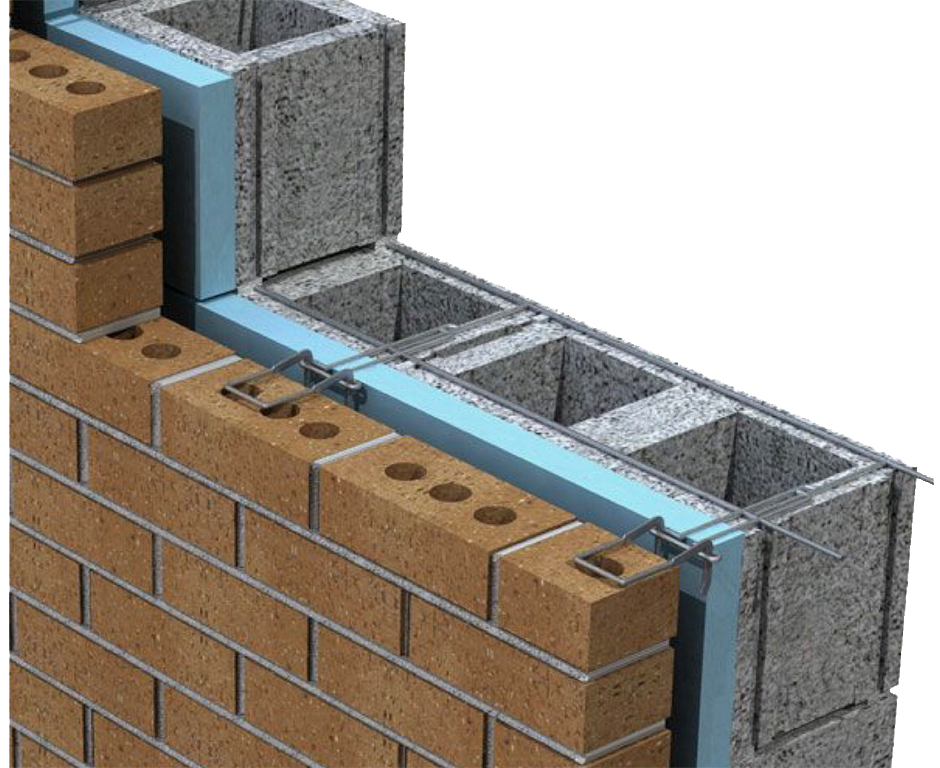
Critical Steps for Effective Noise Mitigation
Searching for sound dampening drywall is using a tactic without a strategy. There are many materials types one can use. However, without knowing the frequency and amplitude of the noise you do not know what material type to select, how much of that material to use along with how we arrange these chosen material types to treat our measured noise issues.
Without noise numbers, you are just guessing and guessing with noise issues is a waste of time and money. With noise always follow the old carpenter adage of measure twice cut once. With noise you do not want to spend one dollar more than you have to since you will never get it back. It gets built into the building and is permanent.


